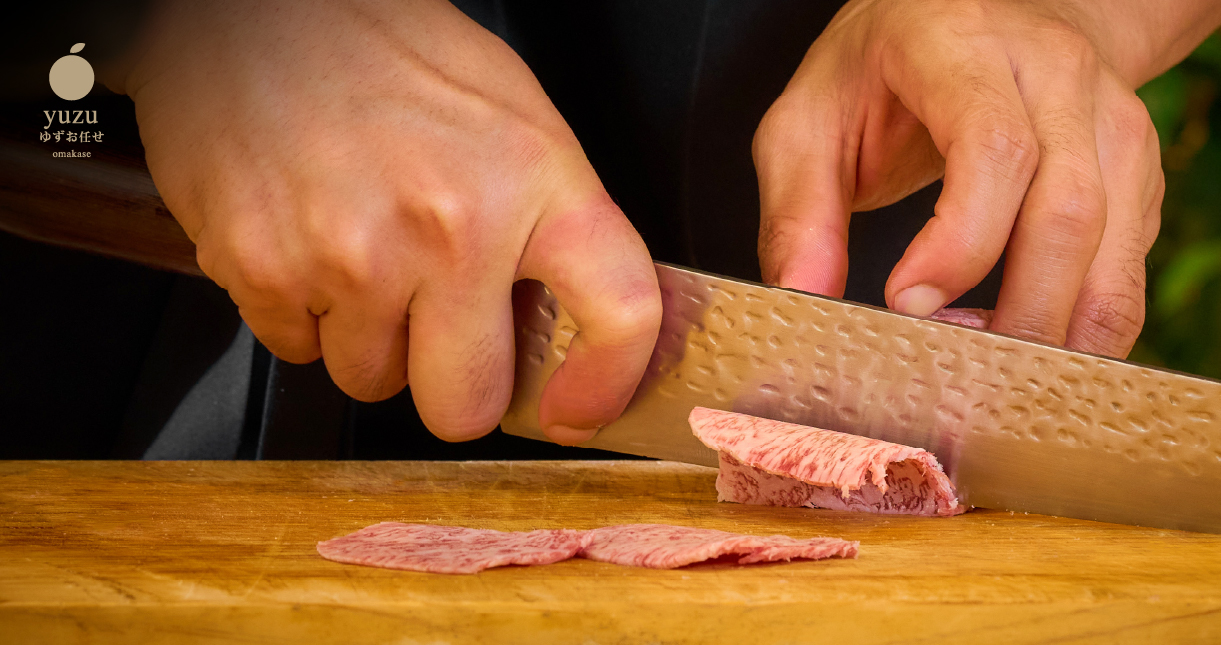
Crafting Perfection: The Techniques and Tools Behind Omakase
Omakase, the art of letting the chef curate a personalized dining experience, is one of the most revered forms of Japanese cuisine. At Yuzu Omakase, each dish served reflects not only the highest quality ingredients but also the expert craftsmanship that goes into its preparation. The creation of perfect omakase dishes requires a deep understanding of Japanese culinary techniques and the use of specialized tools, each chosen to enhance the flavor, texture, and presentation of every bite. This article explores the techniques and tools that chefs at Yuzu Omakase employ to bring each omakase dish to life, where precision and artistry are key to crafting a truly memorable dining experience.
Our Creations ● 2024 Oct 19
Crafting Perfection: The Techniques and Tools Behind Omakase
The Key Techniques Behind Omakase
1. Precision Knife Skills: Mastery in Slicing and Cutting
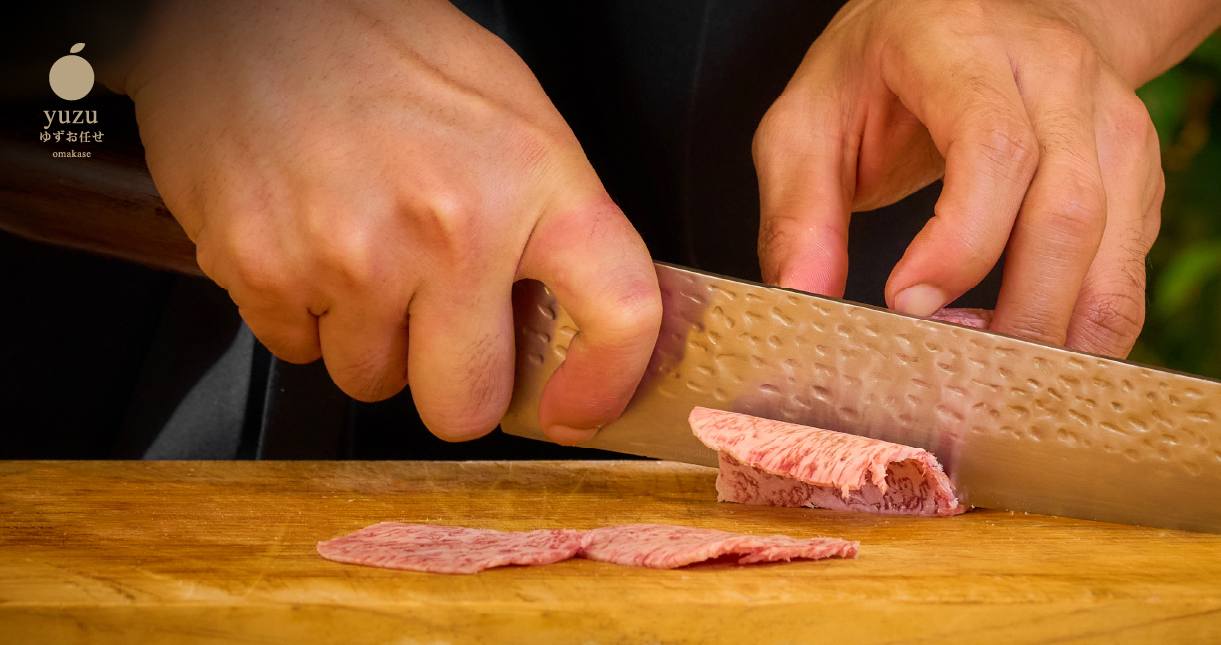
The art of slicing fish and other ingredients is fundamental to the omakase experience. In Japanese cuisine, the way a fish is cut affects its texture, flavor, and how it feels in the mouth. Achieving the perfect slice requires years of training, and it is one of the hallmarks of a skilled sushi chef.
Sashimi Cutting
The cutting of fish for sashimi (raw fish served without rice) is one of the most important skills in omakase. Chefs must slice the fish against the grain in one smooth motion, creating even, delicate slices that highlight the natural beauty and texture of the fish. A poorly cut piece of fish can feel chewy or tough, while a perfectly sliced piece will melt in the mouth.
Katsuramuki
This traditional Japanese knife technique involves peeling vegetables into thin, continuous sheets, often used for garnishes or as wrappers for other ingredients. It’s a technique that showcases the chef’s control and precision, adding both texture and visual appeal to the dish.
2. Rice Preparation: The Heart of Sushi
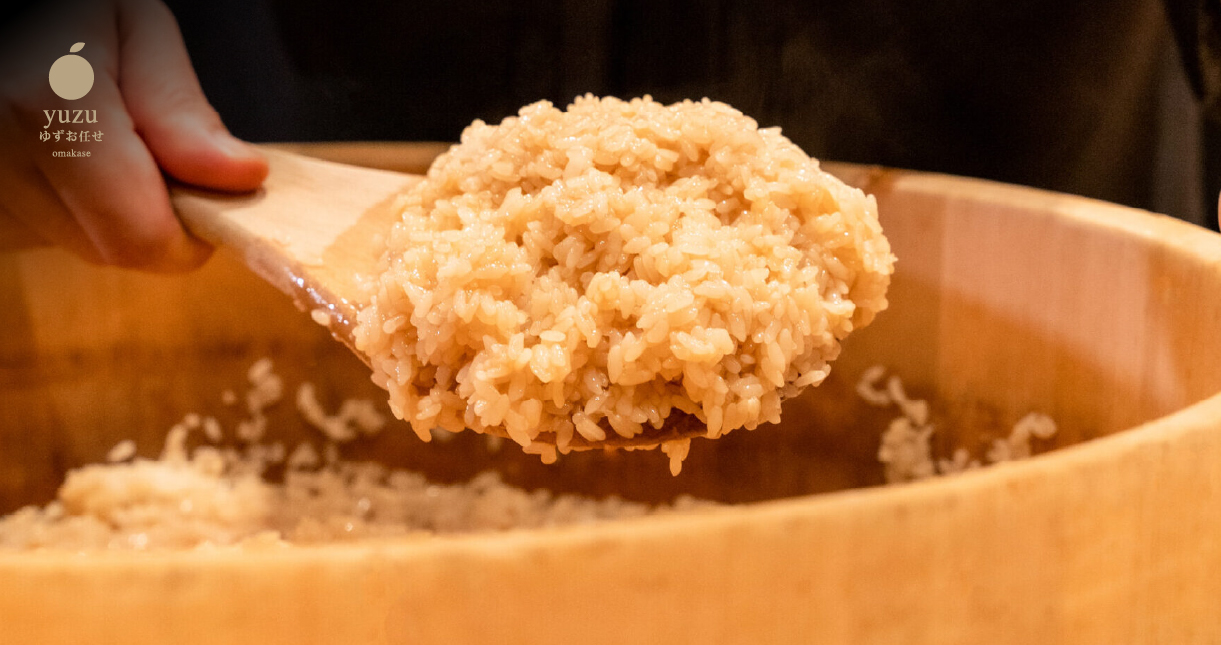
Sushi rice, or shari, is the foundation of many omakase dishes, and its preparation is a critical skill in Japanese cuisine. The perfect sushi rice requires meticulous attention to detail, as the balance of seasoning, texture, and temperature must be just right.
Seasoning the Rice
Sushi rice is typically seasoned with a mixture of rice vinegar, sugar, and salt. The chef must carefully balance these ingredients to enhance the flavor of the rice without overpowering the delicate flavors of the fish.
Shaping the Rice
The rice must be shaped carefully by hand, using just the right amount of pressure to form a compact but tender base for the fish. Too much pressure can make the rice too dense, while too little pressure can cause it to fall apart. Each piece of sushi is crafted with a single, fluid motion, ensuring the perfect ratio of rice to fish.
3. Aging Fish: Enhancing Flavor and Texture
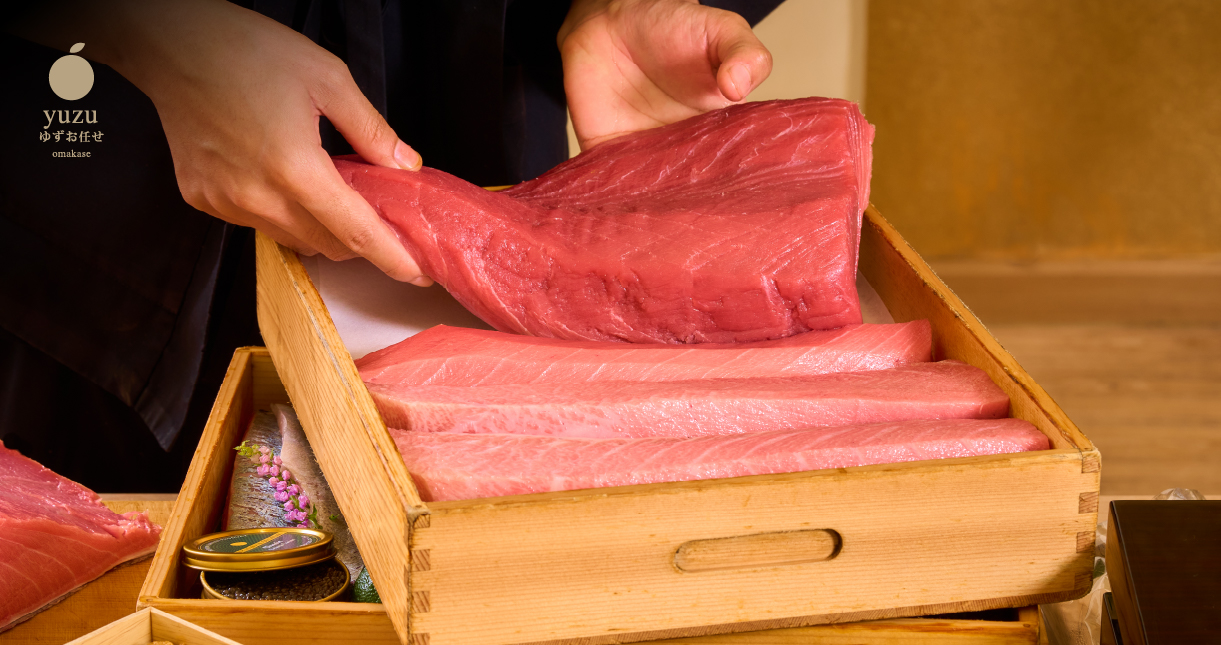
While freshness is often considered the hallmark of good sushi, aging fish—known as jikangai—is a technique used by many omakase chefs to enhance flavor and texture. By allowing certain fish to age for several days, chefs can deepen the umami flavors and improve the mouthfeel of the fish.
Controlled Aging
Aging fish requires careful control of temperature and humidity to prevent spoilage. Different types of fish benefit from different aging times. For example, Maguro (tuna) may be aged for several days to intensify its rich, meaty flavor, while leaner fish like Kinmedai (Golden Eye Snapper) might require less time.
Umami Development
The aging process breaks down proteins in the fish into amino acids, including glutamate, which is responsible for the umami taste. This technique allows chefs to bring out deeper, more complex flavors in the fish, elevating the omakase experience.
4. Grilling and Searing: Adding Depth to the Dish
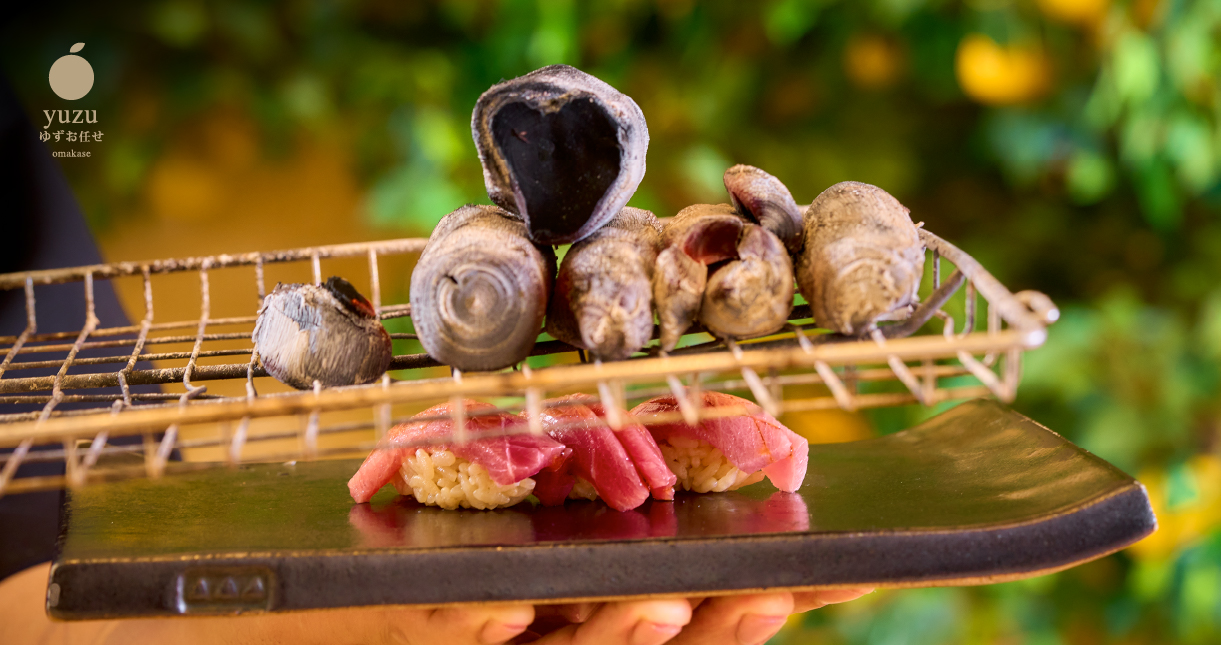
In omakase, not all fish is served raw. Grilling and searing are often used to add layers of flavor and texture to certain dishes. These techniques require careful attention to heat control, ensuring that the fish is cooked to perfection while retaining its natural moisture and flavor.
Aburi (Searing)
Aburi sushi is a popular variation in which the fish is lightly seared with a blowtorch, caramelizing the surface and adding a smoky, charred flavor. This technique is commonly used with fatty fish like Otoro (fatty tuna) or Salmon, where the quick sear melts the fat slightly, enhancing its richness.
Robatayaki (Grilling)
For certain ingredients, grilling over charcoal is preferred to add a deep, smoky flavor. Grilled items like Unagi (eel) or Ama Ebi (sweet shrimp) are prepared with precision, ensuring that the fish is tender and flavorful without losing its moisture.
The Specialized Tools of Omakase
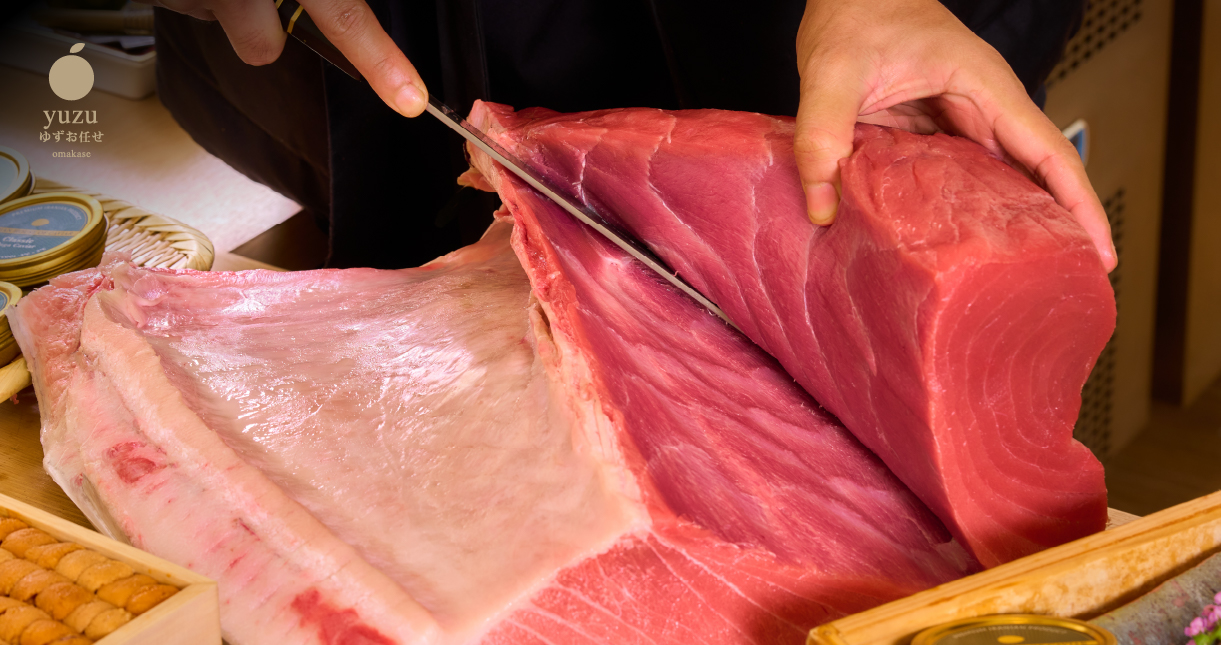
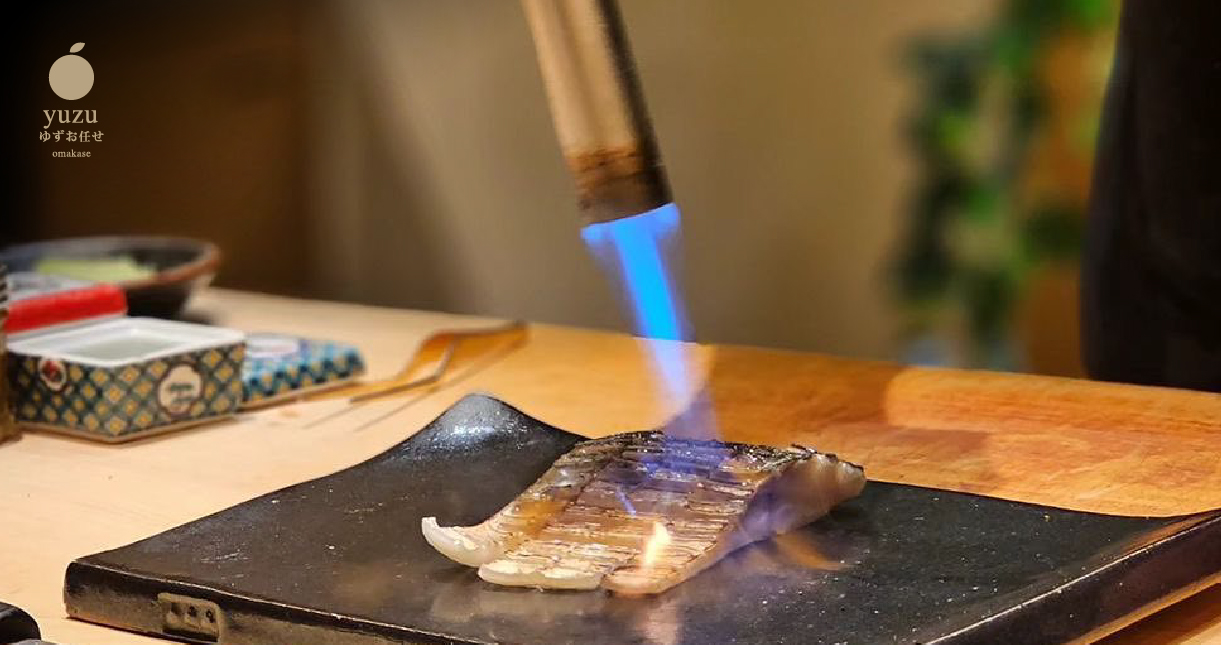
1. Yanagi Knife: The Chef’s Most Essential Tool
The yanagi (also known as a yanagiba or sashimi knife) is perhaps the most important tool in the omakase chef’s arsenal. This long, slender knife is specifically designed for slicing raw fish, and its sharpness is essential for achieving the perfect cut.
Single-Beveled Blade
Unlike Western knives, which are typically double-beveled, the yanagi is single-beveled, meaning it is sharpened on only one side. This allows the chef to make incredibly precise cuts with a single stroke, ensuring the fish is not torn or crushed.
Razor-Sharp Edge
The yanagi is maintained with meticulous care, kept razor-sharp to glide effortlessly through delicate fish. A dull knife can damage the texture of the fish and affect the overall quality of the dish.
2. Hangiri: The Wooden Rice Mixing Bowl
The hangiri is a traditional wooden mixing bowl used in the preparation of sushi rice. After the rice is cooked, it is transferred to the hangiri, where it is seasoned with rice vinegar and mixed to cool. This process is essential for achieving the proper texture and flavor of the rice.
Moisture Absorption
The wood of the hangiri absorbs excess moisture from the rice, helping to create the perfect, slightly sticky texture required for sushi. This is crucial, as too much moisture can make the rice mushy and difficult to work with.
Cooling the Rice
As the rice is mixed in the hangiri, it is gently fanned to bring it to the ideal serving temperature. The cooling process is done carefully to avoid drying out the rice, ensuring it retains its softness while being firm enough to hold its shape.
3. Makisu: Bamboo Rolling Mat
The makisu is a bamboo mat used to roll sushi, particularly makimono (rolled sushi). It helps shape the rice and filling into a perfect cylinder, allowing the chef to create tightly packed rolls that are easy to slice and serve.
Perfectly Shaped Rolls
The makisu ensures that each roll is uniformly shaped and compact, preventing the ingredients from spilling out or the roll from falling apart. This tool is essential for achieving the beautiful, clean presentation of maki rolls.
Versatility
The makisu can be used with a variety of ingredients, from traditional seaweed-wrapped rolls to more modern variations, such as inside-out rolls where the rice is on the outside and the seaweed on the inside.
4. Sushi Oke (Rice Paddle): Shaping the Rice
The sushi oke is a flat, paddle-like tool used to shape and mold sushi rice. It helps the chef achieve the ideal consistency and portion size when forming nigiri or filling maki rolls.
Gentle Handling
The sushi oke is designed to handle the rice gently, preventing it from becoming too compact or sticky. This ensures that the rice remains light and airy while still holding together in perfect bite-sized portions.
Portion Control
Precision is key in omakase, and the sushi oke allows the chef to form consistent portions of rice for each piece of sushi, ensuring that the balance between rice and fish is maintained in every bite.
5. Blowtorch: For the Perfect Aburi
The blowtorch is a modern addition to the omakase kitchen, used to lightly sear the surface of fish and other ingredients. This quick, high-heat method is ideal for creating aburi-style sushi, where the exterior is charred while the inside remains raw.
Precision Searing
The blowtorch allows the chef to control the searing process with precision, applying just enough heat to caramelize the fish’s surface without overcooking it. This technique adds a smoky flavor and a subtle crunch to the sushi.
Textural Contrast
The use of the blowtorch adds an element of textural contrast to the dish, combining the crisp, slightly charred exterior with the soft, buttery texture of the fish inside.
Crafting the Perfect Omakase Dish
The techniques and tools used in omakase are not just about the preparation of food—they are about creating an experience. Every cut, every seasoning, and every plating decision is carefully thought out to craft a dish that balances flavor, texture, and presentation. At Yuzu Omakase, the dedication to these techniques ensures that each dish is a masterpiece, offering diners a true taste of Japanese culinary artistry.
Attention to Detail
From the precise slicing of fish to the perfect seasoning of rice, every detail matters in omakase. The chefs at Yuzu Omakase are trained to master these intricate techniques, ensuring that each dish is made with the utmost care and attention to detail. This commitment to perfection is what makes the omakase experience so exceptional.
The Fusion of Tradition and Innovation
While the techniques and tools used in omakase are steeped in tradition, they are also constantly evolving. At Yuzu Omakase, chefs incorporate modern elements, such as innovative plating and the use of cutting-edge tools like the blowtorch, to add new dimensions to the dining experience. This fusion of tradition and innovation is what keeps omakase fresh and exciting for diners around the world.
Conclusion
Crafting the perfect omakase dish requires a combination of traditional techniques, specialized tools, and a deep respect for the ingredients. At Yuzu Omakase, each dish is a work of art, meticulously prepared with precision and care. The mastery of knife skills, rice preparation, and innovative techniques like aburi searing are just a few of the elements that elevate the omakase experience to something truly extraordinary. Plan your visit to Yuzu Omakase and witness firsthand how these techniques and tools come together to create a dining experience unlike any other.

RELATE







